
SpeedSF Blog
Every Build Has a Story – Meet the Cars of SpeedSF

Fan’s NC Miata: Truncating Ten Years
Proper planning and dedication to simulator racing helped Fan learn the skills needed to run fast laps in roughly a third of the time it takes people without a well-researched plan. Now, he laps Laguna Seca in this mildly modified MX-5 in the 1:45-range.

CSG Brake Pads: Details Make the Difference
Thanks to a detailed feedback loop between CounterSpace Garage and their wide array of active customers, they've been able to provide a usable, confidence-inspiring brake pad for every popular HPDE platform today.
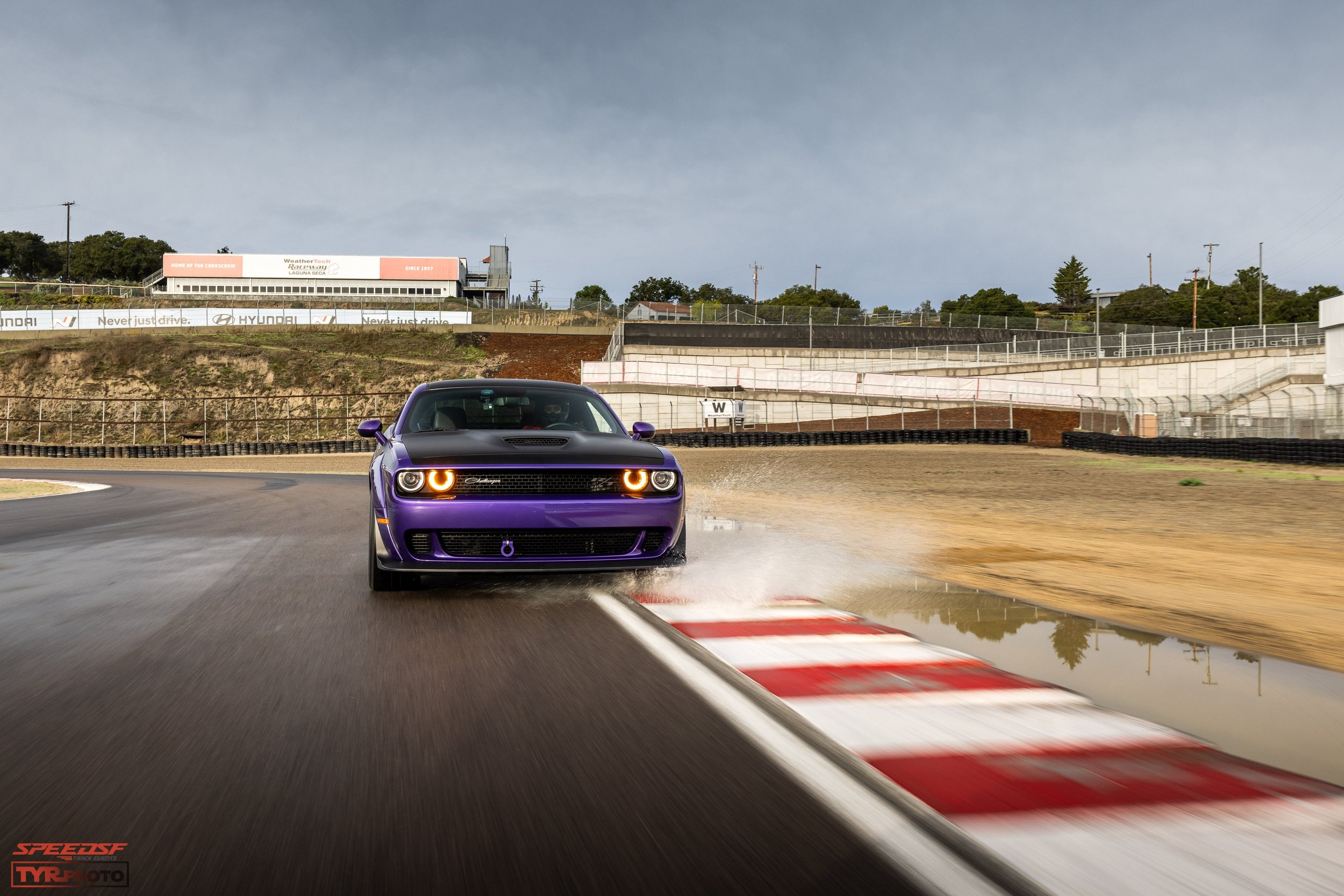
Pauline’s Challenger: Part Car, Part Canvas
Rather than take one of the proven track platforms to learn how to drive at speed, Pauline Yruretagoyena picked the car which pulled at her heart strings the hardest. Now on her second Challenger, she’s learned that the T/A version offers enough performance to keep her busy and more than sufficient style to satisfy her need for self-expression. Few track cars can be considered fashion statements, but her R/T is an exception.

Speed SF Goes Karting: A Thank You to our Coaches
Miles Kodama, Nate Hackman, and Matt Misencik put in an incredible number of hours this past year, and to thank them for their time and effort, we sponsored them in a charity karting event at Sonoma Raceway.

Tom’s Miata: Frankenstein Fun
After getting tired of turbo problems with his Mini, Tom bought a cost-effective NC Miata to earn his spurs. After the stock motor blew, he decided to swap a Fusion 2.5-liter four to give the NC’s fantastic chassis some much-needed mid-range torque.
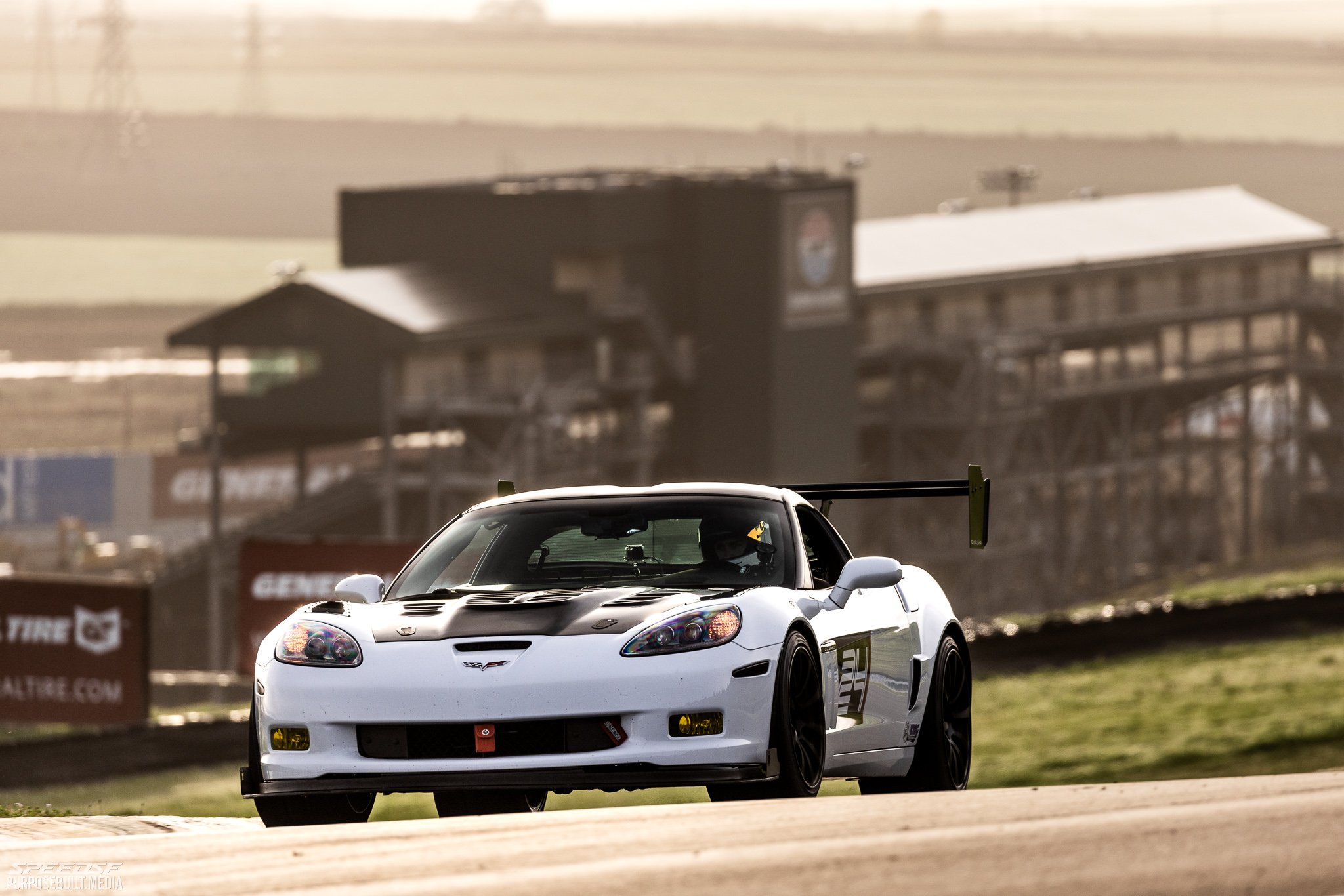
Cory’s C6 Grand Sport: Safe Not Sorry
After Cory Smetzler saw the light during a ridealong in a C6 Z06, he bought a Grand Sport from the same generation. It might not have the biggest motor or the lightest chassis in the lineup, but it has a few features which have offered him peace of mind with small few setbacks.

Speed SF Challenge 2023 RECAP
Close fields, dark horses, and lots of new talent made this year’s Challenge one for the record books.

Jacek's M3: In Good Hands
By leaving some of the tough questions to the talented guys at R-Crew, Jacek’s been able to enjoy four stress-free years of regular tracking with this E46 workhorse. Simple, clean, seriously quick, and always willing to turn another lap—this car has it all.
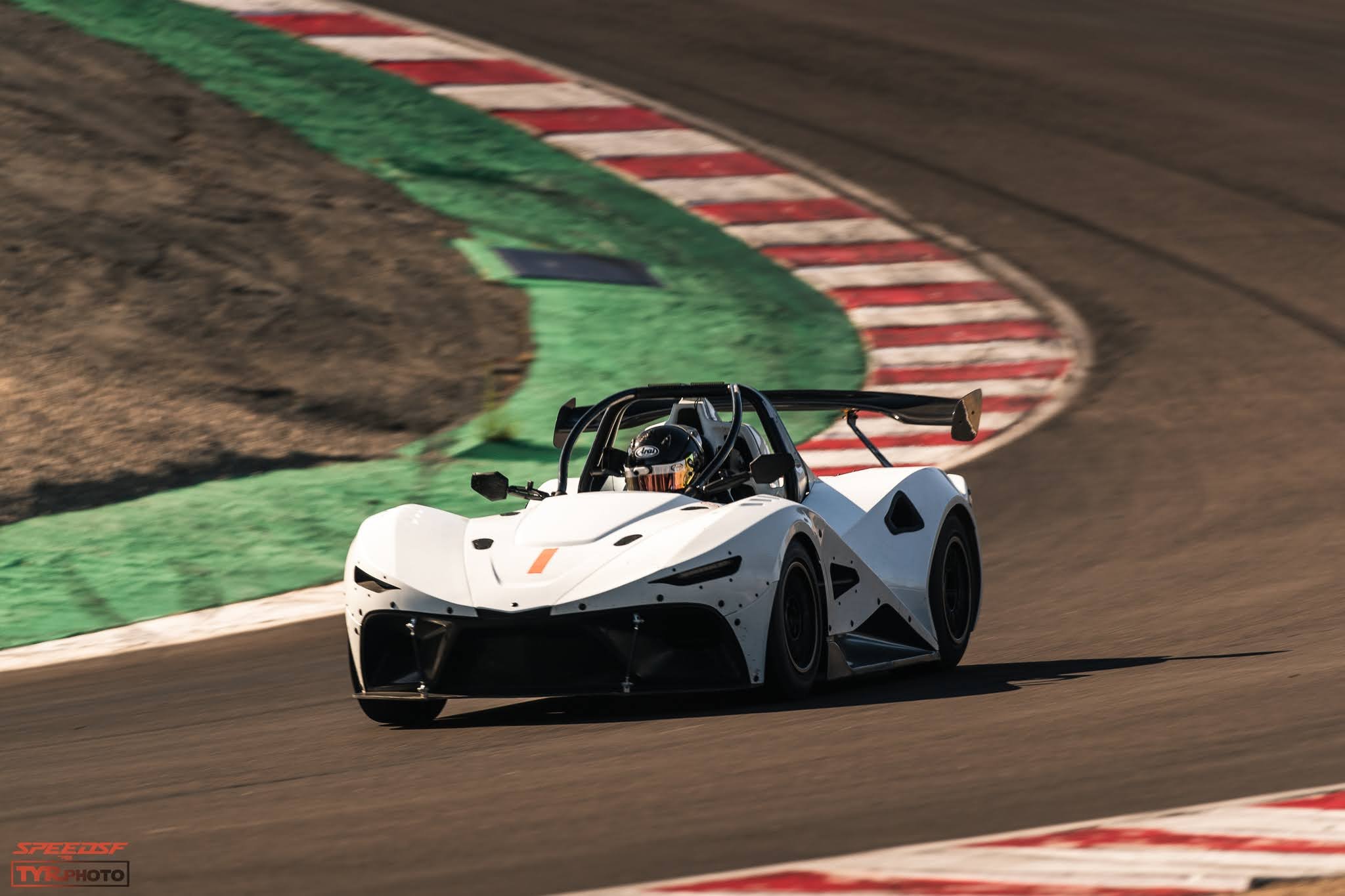
Alex's RUSH SR: Turning The Page
A formative karting experience stayed with Alex through his early trackday afternoons, and after growing tired of his heavyset GT car, he decided to go and buy something lighter, purer, and much more exhilarating.

Blake's M4: Friendly Firepower
While the F82 still lacks the tuning support some of its predecessors enjoy, the long-wheelbase platform has served Blake Titus as he’s learned the basics of track driving. A satisfying platform that’s “always on the verge of killing you,” as he puts it.

Speed SF Challenge Laguna Seca: New Surface, New Records
New pavement and stellar weather meant our fastest drivers pushed harder than ever before at our latest Speed SF Challenge event.
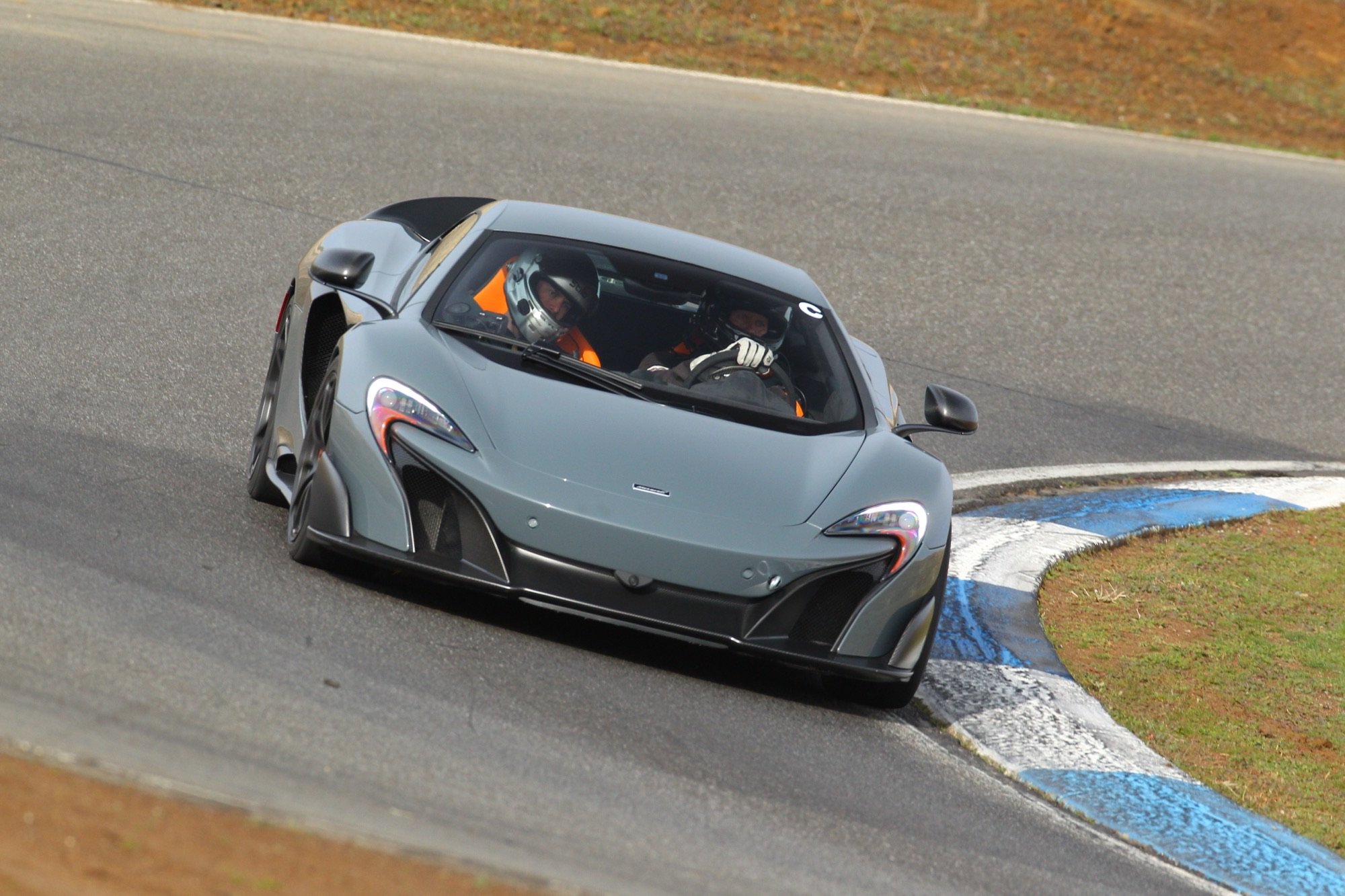
Steven's McLaren 675LT: Hardly Fair Anymore
After hearing nothing but praise from his driving coach, Steven Melson decided he’d have to try a 675LT for himself. He flew out to COTA to test one, but that particular car was crashed minutes before he was supposed to hop in it. Undeterred, he sought out another and has been continually shocked at how capable this supercar is.

Rich Bonem's BRZ-Camaro Dilemma: Speed Costs Money
After a challenging, fruitful foray into time trials with his BRZ, Rich started to crave a little more. He decided to buy himself a Camaro SS, and though fast and thrilling, he found it had one major flaw.
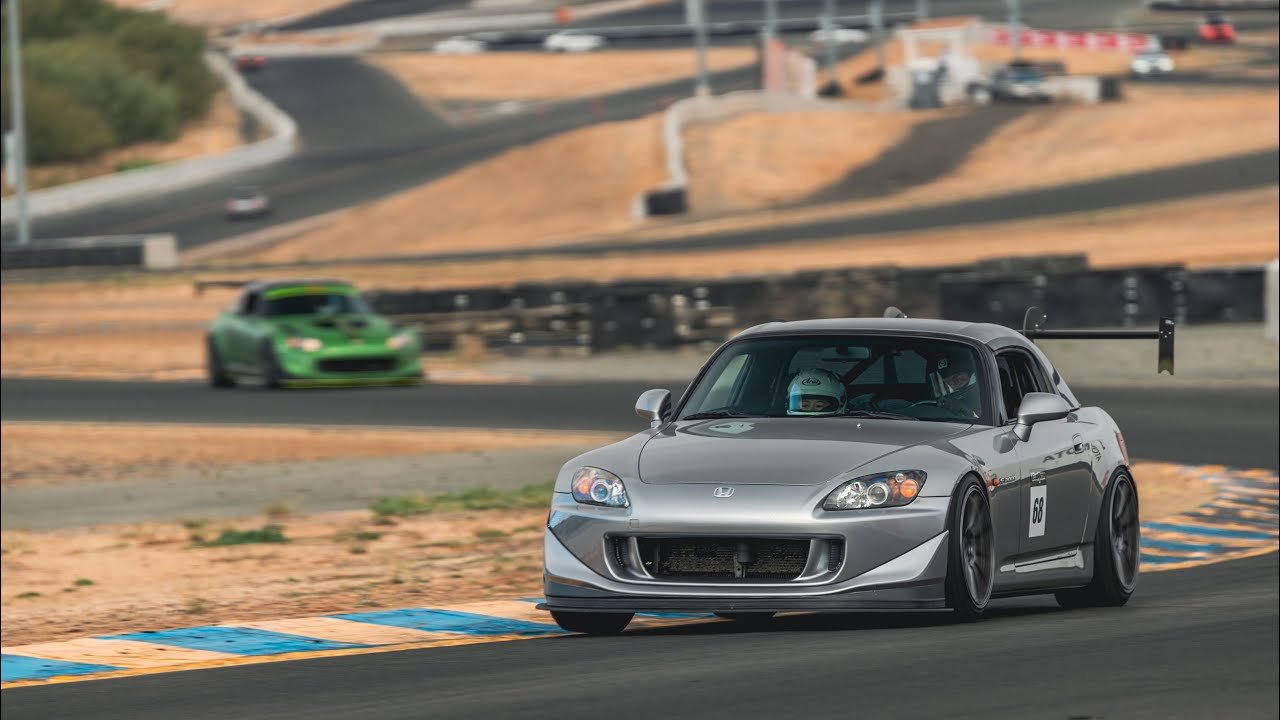
Sean's S2000: Happy To Take The Abuse
After jumping from Spec Miata to a Lotus Exige, Sean learned that his happiness had more to do with time spent at full throttle than outright speed. Not to say his Exige’s successor is slow, but his S2000 is a car which doesn’t have the same sort of technical limitations that kept him from pushing it as hard as he would’ve like to.
